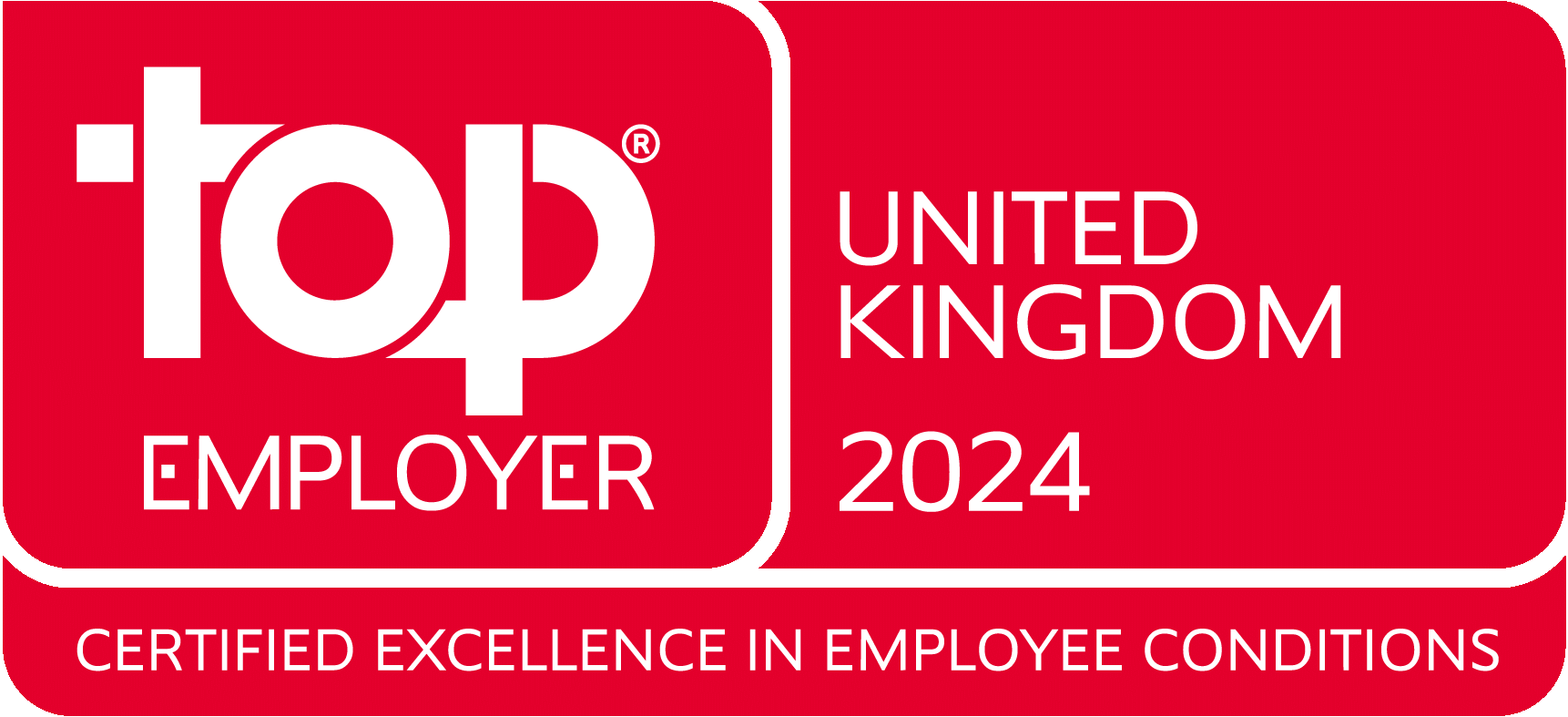New code aims to provide clarity on DC charges
Introduction
A new non-statutory “joint industry” code of conduct on DC pension charges (the “Code”) was published on 28 November 2012.
In this Alert:
- Key points
- Scope
- Key elements
- Unbundled trust-based schemes
- Limitation
- Updates
- Effect of non-compliance?
- When does it take effect?
Key points
- Although the Code is non-statutory, somewhat confusingly much of the language used in it is more consistent with its being compulsory.
- The Code aims to provide employers with clarity and transparency on charges, primarily to assist them in choosing an auto-enrolment scheme.
- The Code’s requirements do not replace existing regulatory requirements on disclosure.
Scope
The Code is intended to apply to all parties providing services to employers in setting up and administering pension schemesincluding, insurance companies, trust-based schemes1 such as NEST, financial advisers and benefit consultants. In addition, it applies to unbundled trust-based schemes and the default fund used for automatic enrolment purposes.retirement.
Key elements
In brief, the Code requires the organisation which is making the pension arrangement with the employer to provide the employer with clear and accurate written information on the charges involved in2, and the services to be provided by, the arrangement. To achieve this, the Code sets out standard templates, the “Summary of Charges”, for organisations to use. A key requirement is that charges payable by the employee are presented separately from those payable by the employer.
Each participant in the chain (including fund managers and/or third party administrators) should provide clear, concise and complete information on their own charges to enable the template to be completed by the consultant, adviser or provider (as appropriate).
The employer should receive the Summary of Charges, as well as clear examples of the effect of charges on the pension pots of employees, sufficiently early in their decision making process to allow them to consider other options. Examples can be provided to the employer either directly by its adviser or through the use of a web-tool, which is currently being developed.
If the charges (or what is included in the charges) change after the employer has entered into an agreement with the service provider, the party responsible for the change “must” notify the employer in writing.
Unbundled trust-based schemes
These schemes should complete a Summary of Charges document when:
- considering options for complying with the employer duties under automatic enrolment; and / or
- reviewing or re-broking contracts with advisers, consultants, service providers, and/or third party administrators.
Limitation
The Code admits that, in isolation, it cannot help employers choose between different forms of product; it is solely a tool for comparing the costs of delivery and ascertaining the nature of services included in those costs.
To reach a conclusion on the most suitable pension arrangement, an employer will have to consider other issues, such as the quality of the services on offer. Advisers and consultants are encouraged to go beyond the minimum standards set out in the Code to provide employers with additional information about the other factors they should consider when picking a pension scheme.
Updates
The Code and the web tool will be reviewed by a cross-sector Steering Group comprising representatives of employers, employees, consumers, pension providers, trustees and advisers. The first review is due to take place in summer 2013, with an annual review thereafter. However, changes may be made in the interim to “address any teething troubles”.
Effect of non-compliance?
Although the Code is not statutory, it states that the Pensions Ombudsman and the Financial Services Ombudsman may have regard to it when dealing with complaints.
There is no information on how compliance is to be monitored. However, the Code is endorsed by the NAPF and the ABI, in association with the IMA and the SPC and these organisations are encouraging their members and other participants in the pensions market to follow the practices it sets out.
When does it take effect?
As the web-tool is due to be available from 1 April 2013, the Code is being brought into effect in two stages:
- Stage One – from 1 January 2013 the provisions of the Code should be used as a guide for best practice;
- Stage Two – one month after the web-tool is launched, the provisions of the Code will “apply”. From that date, the Codes states that providers / advisers who provide employers with their own examples of the effect of charges “should” adopt the standardised approach.
These dates mean charges are likely to be a key item on employer agendas in the spring.
1 Where the administration and investment are managed separately by selected third party providers
2 The total effect of all charges (not including investment trading costs) that are paid from the pots of scheme members (including both current and past employees)











